Exploring how photovoice empowers marginalized communities, fosters self-representation, and sparks advocacy through the lens of Hampton University’s psychology students.
Meet Our Contributors
Dr. Vanessa Goodar
Assistant Professor of Psychology, Hampton University
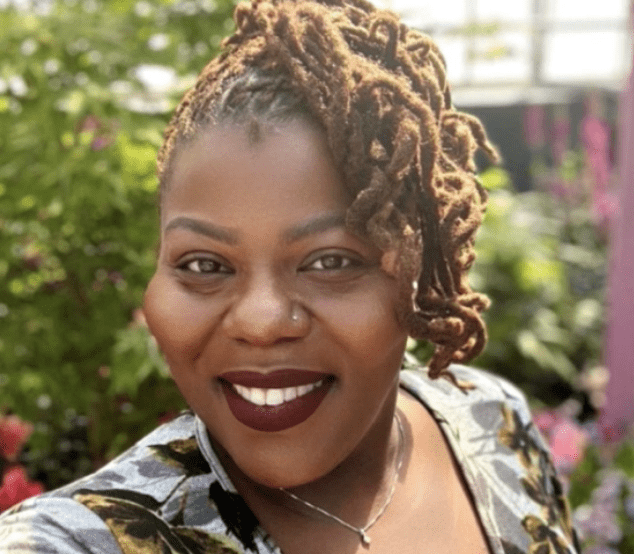
Da’Naira Dent
Psychology Major, Hampton University
Alixandra Green
Psychology Major, Criminal Justice Minor, Hampton University
Jordan Lockwood
Psychology Major, Hampton University
Photovoice is more than just a research method. It’s a powerful tool for social change. By allowing participants to document their lived experiences through images and narratives, photovoice enables individuals, especially from marginalized backgrounds, to reclaim their stories. This method serves as a means to challenge dominant narratives that often silence or misrepresent these voices. As Da’Naira Dent aptly notes, photovoice is instrumental in decolonizing perspectives, providing a platform where individuals can express themselves authentically.
As my students and I prepare for the Photovoice: Aiming for Impact 2024 Virtual Conference, October 16-18, there is a palpable excitement within HU Path 2 Peace. A Black Women’s Self-Care and Community Psychology Research Lab at Hampton University, and one of six psychology labs at Hampton dedicated to using innovative research methods to empower marginalized communities. Photovoice, a participatory research method that uses photography to convey narratives, sits at the forefront of our mission. Several of my HU students will be joining me in Friday’s panel discussion, “Through Their Lens: Capturing Photovoice Impact at a University.” I am proud to share with you a few insights gained by three of my graduating seniors as a result of their ongoing photovoice work in the HU Path 2 Peace Lab at Hampton University.
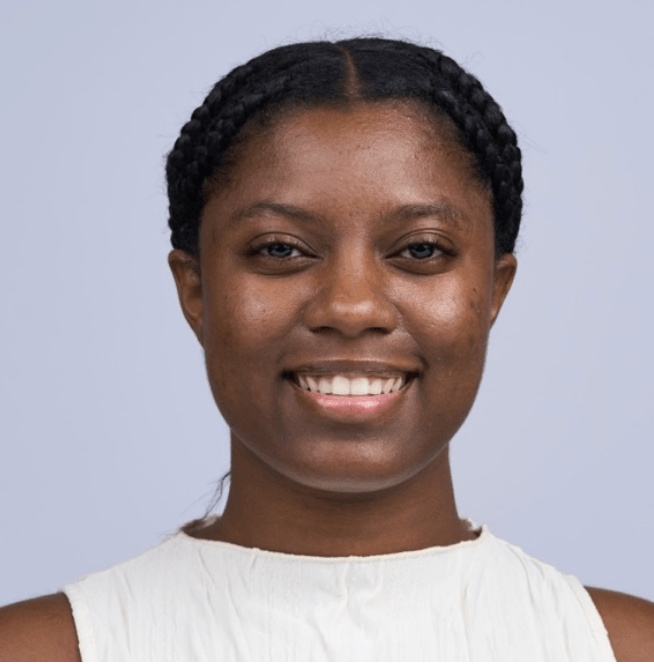
Insights from Da’Naira
Throughout my own journey in photovoice, I have gained profound insights, particularly during the Photovoice 2023 Exhibition organized by the Hampton University Psychology Department. Acting both as a participant and researcher, I witnessed firsthand the versatility of photovoice in addressing various social issues, including mental health, community activism, and social justice. The exhibition showcased a wide range of topics while ensuring participant anonymity, illustrating how it is possible to amplify voices while maintaining privacy. This experience has inspired me to think critically about how photovoice can empower individuals to share their stories without putting them at risk – an important consideration when working with vulnerable populations.
Visual mediums provide students with a powerful avenue to critically engage with social issues, instilling confidence in them as they articulate their stories, using their work to challenge societal norms and engage in activism. A key goal of my participation in the conference is to improve my ability to integrate visual methods like photovoice with traditional qualitative research. This interdisciplinary approach can transform social science research, opening new avenues for understanding complex social issues. I am excited to discover how photovoice can intersect with fields such as psychology, sociology, and advocacy work. These skills will enhance my effectiveness as a researcher and allow me to make a more significant impact in both academic and community settings.
One of the most resonant aspects of photovoice is its potential to act as a decolonial tool. By centering the voices of marginalized individuals and communities, photovoice challenges traditional research paradigms. This aligns closely with the goals of our lab, as we aim to highlight the lived experiences and perspectives of those historically excluded from society. We are especially eager to learn how others have employed photovoice in decolonial contexts, whether among Indigenous groups or in communities affected by systemic inequalities.
At the 2024 Photovoice Virtual Conference, I look forward to deepening my understanding of how visual storytelling can play a pivotal role in addressing systemic inequalities in Black communities. Learning from experienced researchers who have successfully navigated photovoice projects will provide me with valuable insights into effective strategies and the challenges they encountered. For my peers and myself, I hope to leverage what I learn at the conference to help us explore our own experiences through photovoice, and recognize how they intertwine with the broader social issues of race, gender, and class. My aim is to equip my peers with the tools necessary to feel empowered and capable of driving change in their communities.
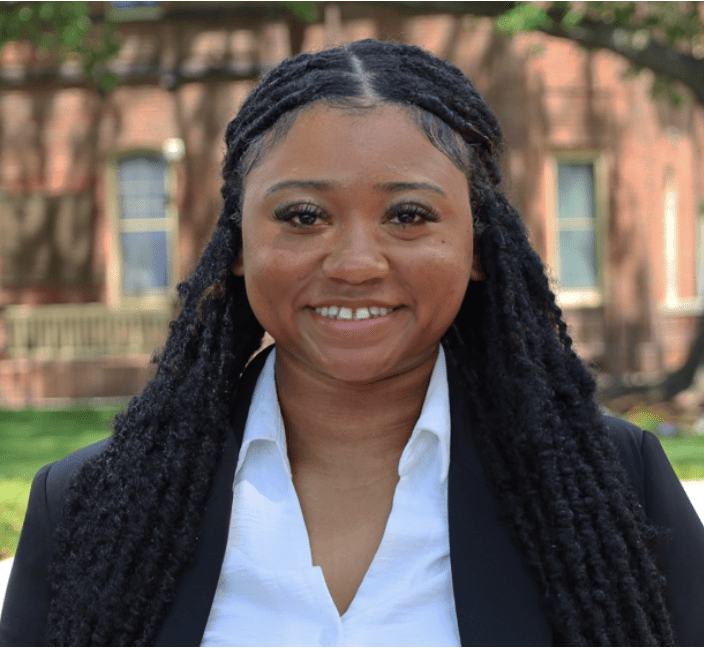
Insights from Alixandra
Our research lab is buzzing with anticipation for the upcoming conference! While we have explored this powerful tool in our classroom research, the conference provides an invaluable opportunity to learn from other researchers across the globe. We are particularly interested in how photovoice can be applied in various contexts, and how ethical concerns and power dynamics have been navigated by others.
In our lab, we recognize that photovoice is a tool of strength for our participants, empowering them to visually narrate their own stories. This allows for a greater sense of agency than traditional research methods often permit. The opportunity to connect with individuals who share our passion for photovoice is exciting, as we will learn from those who have worked with diverse communities and gained insights into strategies for further empowering participants.
Our eagerness extends beyond the academic realm; we also aim to explore how photovoice can be integrated into everyday life – whether through activism, education, or community building. At the conference, we expect to gain practical tools that will enhance our ability to facilitate photovoice projects effectively. By learning new ways to support participants and reflect on their experiences, we hope to strengthen our capacity to use photovoice as a method for advocacy and social change.
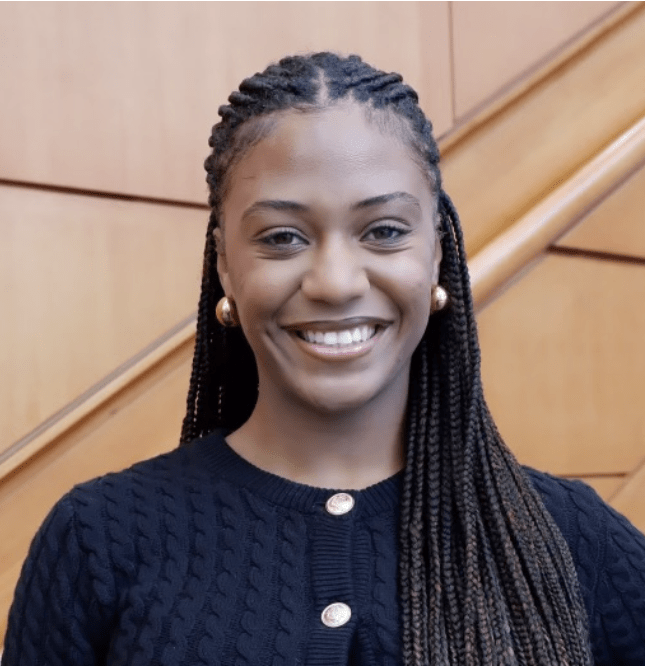
Insights from Jordan
Within our lab, we strive to facilitate the empowerment of marginalized groups and to center lived experiences through photography and narrative. This process not only challenges stereotypes but also enables participants to control the narrative surrounding their lives. By capturing images that reflect their realities, photovoice participants gain self-awareness and agency, fostering a sense of empowerment that can extend beyond the individual to the community.
In our lab, we have recently combined this empowerment-focused approach with various initiatives, including a kickboxing event designed to boost safety and confidence among teenage girls. By offering a physical outlet, we promote both physical and emotional resilience. The event included meditation sessions to maintain focus on mental health, emphasizing the importance of holistic well-being. This blend of physical activity and mindfulness complements the goals of photovoice, where self-expression and empowerment go hand in hand.
I have also integrated photovoice measurements into my nonprofit, The Happy Project, which focuses on creating mental health awareness and wellness programs in the Hampton Roads community. This initiative emphasizes giving back through service projects and wellness activities. The incorporation of photovoice adds a creative layer that is especially beneficial for young people. Art can be therapeutic when combined with photovoice methodology, allowing participants to express themselves in ways that may feel more comfortable than traditional forms of therapy. For high school students who might be reluctant to open up and share, photovoice provides a creative outlet for emotional expression and a pathway to mentoring relationships that foster long-term personal and social growth.
Beyond personal empowerment, photovoice holds the potential to drive broader social change. The images and stories generated through photovoice projects can spark conversations that extend beyond the participants, influencing public opinion and even policy. When these visual narratives are presented to decision-makers or the wider community, they can serve as powerful advocacy tools, bringing attention to issues that might otherwise be overlooked. This is particularly vital for projects focusing on social justice, police brutality, health disparities, or mental health awareness, as they provide a voice to those whose perspectives often go unheard by policymakers and institutions.
A Call to Action
The Photovoice Conference represents an incredible opportunity for each of us to grow – personally, academically, and professionally – enhancing our understanding of decolonizing methodology application, while acquiring tools to support and share what we’ve learned. HU Psychology students are eager to dive into this rich learning environment – to learn from others, share our experiences, and continue contributing to the conversation on how photovoice can serve as a powerful catalyst for change, in academia and beyond!
In conclusion, the Photovoice: Aiming for Impact 2024 Virtual Conference promises to be a transformative experience for all involved. It is an invitation to explore the intersections of art, culture, narrative, and activism. As we gather insights from diverse voices and experiences, we reaffirm our commitment to amplifying marginalized narratives and advocating for social change, while inspiring others to recognize the power of their stories and encouraging them to use their voices as instruments of empowerment.
We invite you to join us at the 2024 Virtual Photovoice Conference October 16-19, as we connect with others, learn from one another, and inspire each other with new ideas. By growing together, we can build a future where every voice is heard, valued, and empowered.
